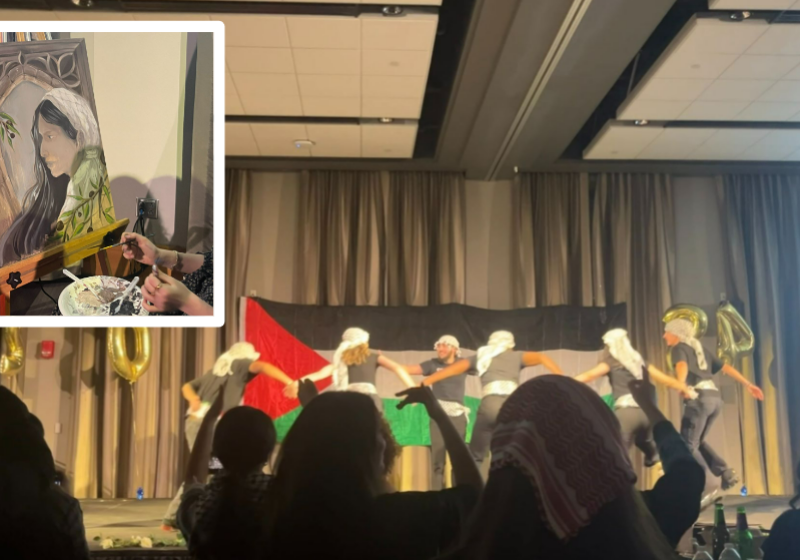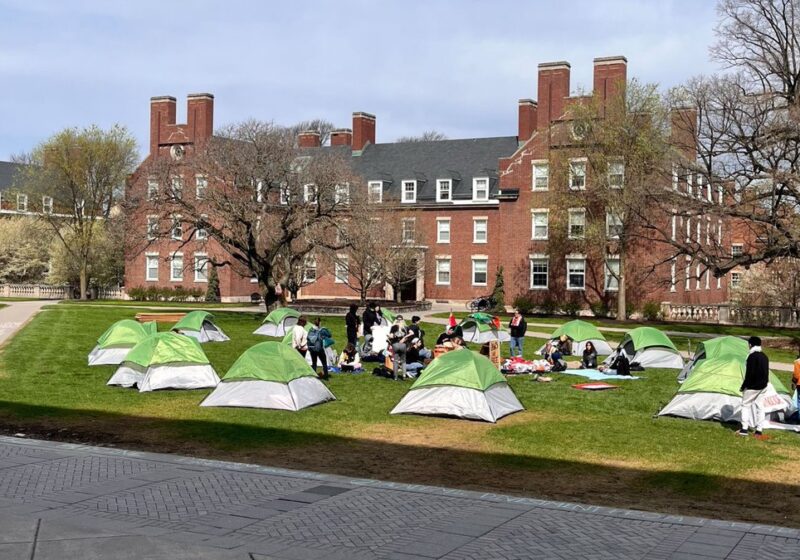On the fourth floor of Frederick Douglass Commons is a mysterious space unknown to many students. It contains wonders never before available to students: gleaming white surfaces polished to perfection, shiny steel appliances glinting in the light streaming through glass-paneled walls, cabinet space beyond imagination.
It’s the Douglass Community Kitchen.
The sight of it leaves, in the minds of many, only one question: can I use it?
The answer is yes, yes you can. If you follow the proper procedure, that is.
The purpose of the kitchen is to provide a space for clubs and organizations to host events that require a kitchen. If your organization would like to host an event there, you are more than welcome to. All you need to do is follow these five simple steps.
Step One: Get Certified
To use the kitchen, at least one member of your group must complete a special kitchen training. The training takes place in the community kitchen and usually lasts about an hour. You can sign up for it on a Google form found on the “Forms” page of the Wilson Commons Student Activities website. At least one certified member must be present in the kitchen throughout your entire function, so it is recommended you have more than one certified member to avoid grounding some poor soul in the kitchen for hours on end.
Step Two: Set Up Your Event
Once you have a group member who is certified, you can begin setting up your event. Room reservation works like it does with any other space—simply log into your club’s Virtual EMS account and find an available time and date. In addition, you must register your event on the university’s Campus Community Connection website (CCC), which you can do by clicking on the “Events” tab on your club’s CCC page and selecting the “Create Event” option.
Step Three: Bring Your Own Supplies
The kitchen is not stocked with cooking supplies, so you need to bring your own. If you need to drop off/pick up supplies, coordinate with the Assistant Director of Student Life Operations, David Graupman.
Step Four: Make and Eat Your Food
Now you can finally feast on the fruits your labors. Huzzah! And yes, you must feast on them in the kitchen, since that’s sort of the point of the space. It is, after all, a community kitchen, not a prep kitchen. The food that you make must be served and consumed in the kitchen during your event.
Step Five: Clean Up
Cleaning supplies will be provided, but your club or organization is responsible for the actual cleaning. You must leave the kitchen as clean or cleaner than it was when you got there—if you don’t, you will be charged a cleaning fee of $300. As for leftovers, if they are clearly labeled, they can be stored in the kitchen for the duration of the day of the event, but you must remove them before the building closes. You can leave non-perishable items in the shared dry storage cupboard for other groups to use, provided that they are clearly labeled with the date of your event so that the assistant director can know when to discard them.
And there you are, dear student: your five steps for using the Community Kitchen.


